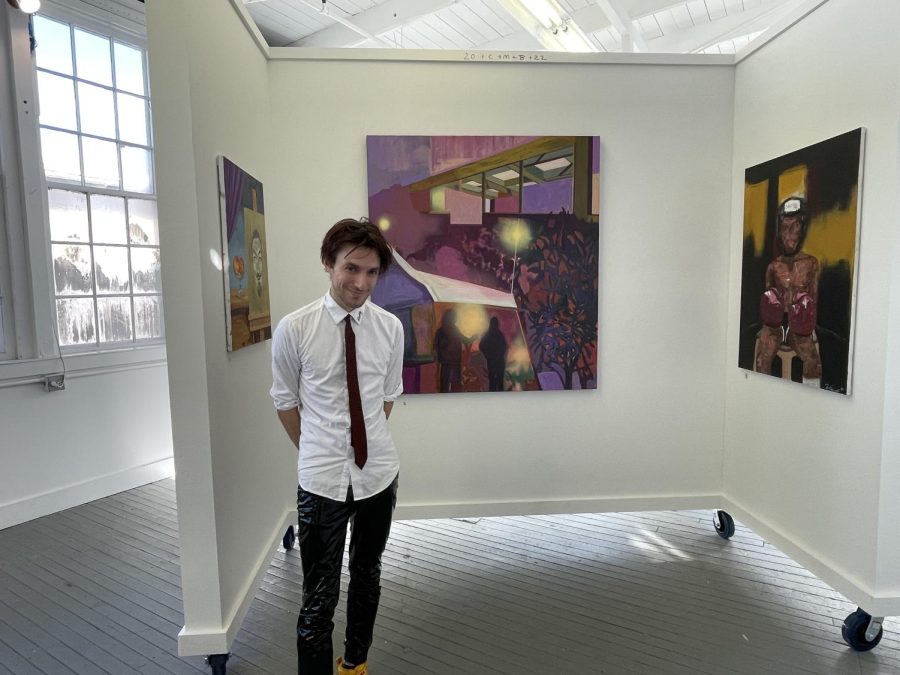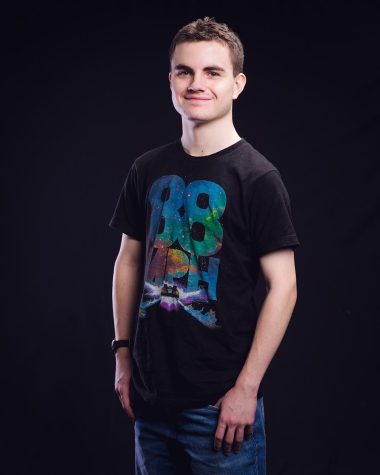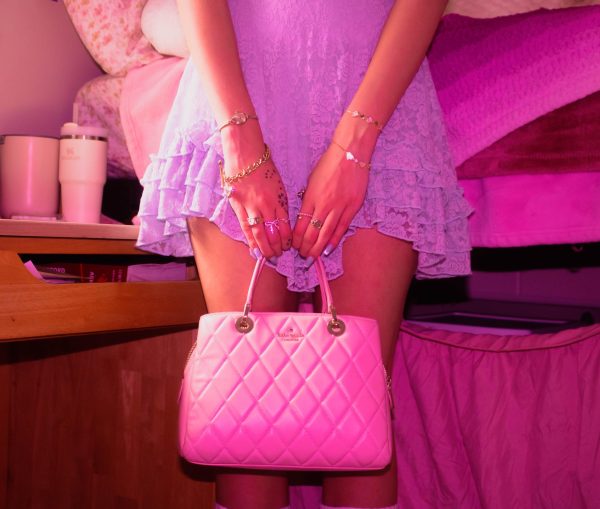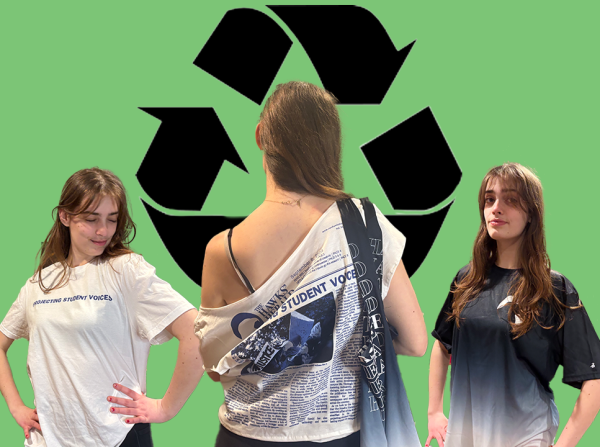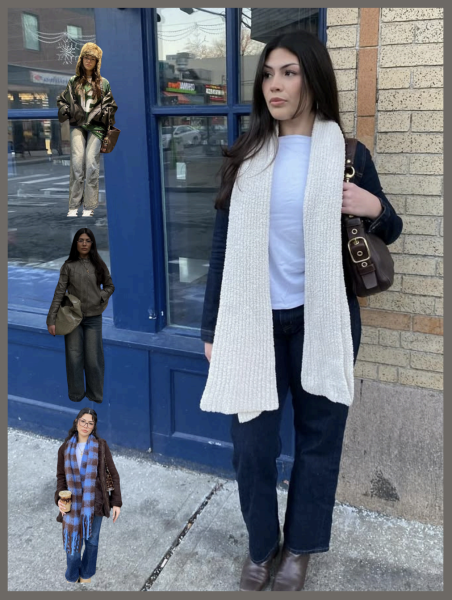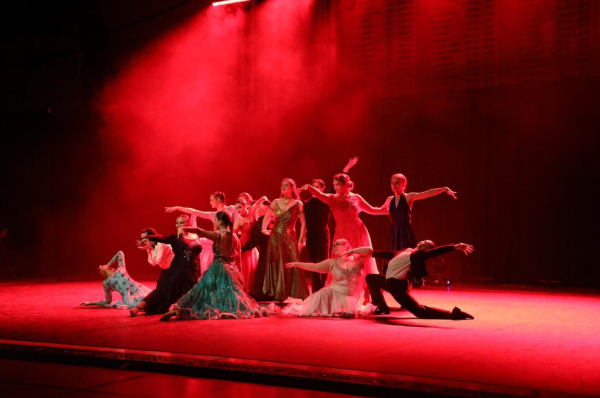“Fear to Tread”: How Art Interacts
What is it that comes to mind when you think of art? Is it some beautiful, complex piece filled with meaning? Something vast and awe-inspiring? Or does it come from more humble places, a small clay figure made in spare time, or a roughly painted rock that you thought looked neat? Though some may find these examples incomparable, they all fall under the banner of art. Inspired by this, RWU’s exhibitions director Alexander Castro has recently opened a new gallery that hopes to answer a question: what happens when these two contrasting worlds of art interact?
“Fear to Tread” is an art exhibit that recently opened at the Roger That! Gallery + Studios, a studio space typically used by RWU senior Visual Arts majors located in downtown Bristol. In creating the exhibit, curator Alex Castro drew on his 8 years of experience as an art critic and journalist, using his connections across the industry to find pieces to include within. Those whose works are featured in the gallery include Melissa Stern, Ernest Jolicoeur, William Kennedy, Marc Kehoe, Sara Breslin and more. Though this cast seems at first to be entirely stacked, Castro mixes it up by throwing in a few oddball pieces as well. Among the high-effort, thoughtful pieces are an old chest from goodwill, an anonymous painting from Savers, a Halloween decoration, and an old ad for Osteo Bi Flex. These pieces help to draw attention to the exhibit’s larger point of exploring how different art can interact by creating a significant contrast with the other parts of the gallery.
In one section, a piece by William Kennedy featuring a faceless young black boy sitting on a tire is placed close beside an early 20th Century photograph of the entrance to the RWU campus before it became a university. Independently of each other the former piece seems to convey a sense of contemplative projection, something that could represent whatever the viewer wants, while the latter feels like something that would only be useful in a historical sense. Put together, however, the two pieces make me wonder about what kind of people lived on what used to be Ferrycliffe Farm. Were there any children? Did they have their own places to sit and relax? It is not just these two pieces that brought these sorts of thoughts to my mind either. The odd doll-like appearance of Melissa Stern’s “Tripod” at first seems rather creepy, but in combination with the old chest it’s perched upon it reframes the piece as a strange patchwork toy built by a young creative mind. The placement of Ernest Jolicoeur’s “Erased Landscape” by itself in a corner seems innocuous at first, but as I contrasted its blocky and architectural shapes against the panes of the window beside it I began to think of how it too could be a window into some foreign reality.
According to Castro these juxtapositions were deliberate, as he was “trying to get people to think about how art is displayed and how art interacts”.
“I love the idea of taking anonymously-made or unsourced pieces and juxtaposing them with people who are named,” said Castro.
In the future, he hopes to host more exhibits like this about 1-2 times per semester, potentially involving RWU students and other departments. For now though, those interested in going to see “Fear to Tread” can book an appointment online through their Instagram @rogerthatgallery from now until Dec. 5.

